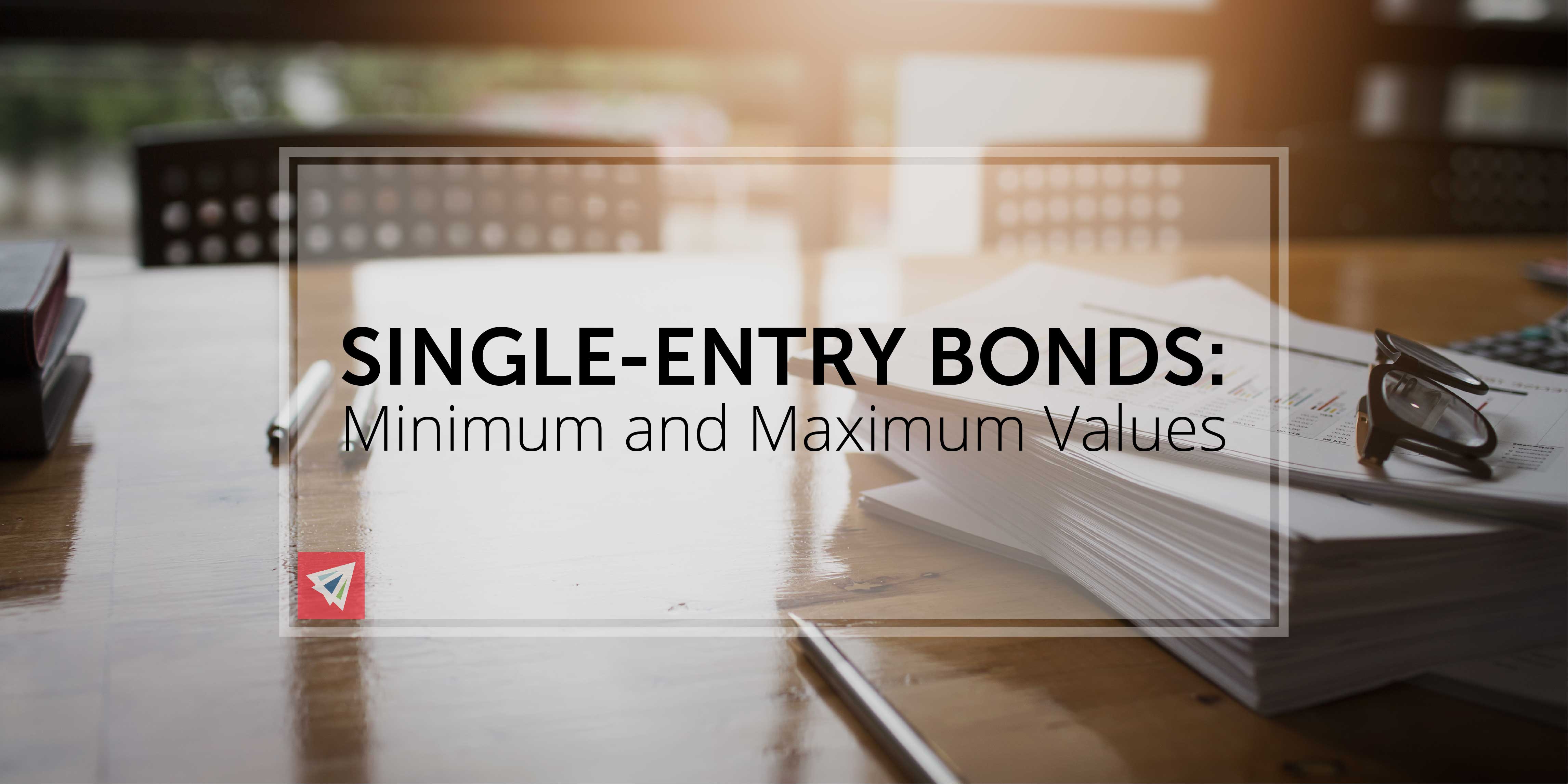Single-Entry Bond Minimum and Maximum Values
We talk a lot about U.S. Customs Bonds. After all, they are at the eye of the hurricane for U.S.-based international shippers. Any one who wants to import goods from a foreign country will more than likely be subject to purchasing a Customs Bond, so educating yourself on the subject matter is incredibly important.
Customs Bonds: The Basics
We won’t run over the details of different types of Customs Bonds since we have covered the topic in prior articles. However, here are the bare-bond basics.
Whenever you import from a foreign country, you have to select between purchasing 1 of 2 types of customs bonds:
- Single-Entry Customs Bonds: A single-entry customs bond is a bond that is valid for one shipment. A shipment is defined per Bill Of Lading, so hypothetically, you could import multiple containers under one single-entry bond if they are all coming in under on MBL. If you decide to import more goods in the future, you will have to purchase an additional bond since the single-entry bond is only good for one shipment.
- Continuous Customs Bond: A continuous customs bond operates as you may expect given the name. This bond is valid for an entire year after it’s date of purchase. You can import 1, 500, or 10,000+ containers per year with a continuous bond. You also don’t need to purchase one at the beginning of the year – a continuous bond purchased in December will be valid until the following December; they don’t expire at the end of the fiscal year.
Single Entry Bond Minimum and Maximum Values
Believe it or not, a single-entry bond does have limitations regarding what it can be applied to. As you probably already know, a U.S. Customs Bond is required on all imports to the U.S. that exceed $2,500 as defined on the commercial invoice. Thus, in a sense, the “minimum value” for a single-entry bond is $2,500. No validation of active shipping status is required by customs to be able to purchase the bond, so you could hypothetically purchase a single-entry bond even when it is not needed. But the chances of importing goods under $2,500 is rather low.
Single-entry bonds actually have a maximum cargo value at which they can be purchased. Once the threshold is exceeded, a continuous customs bond must be purchased – even if it’s only for that one shipment. It’s uncommon that many shippers would exceed it, but it’s worth chatting with your forwarder about whether or not it is relevant to your shipment. It can save the extra headache of re-doing the paperwork.
Conclusion
Remember that these numbers are all subject to discretion depending on the risk of the shipment, quantity of goods, number of containers involved, HBL and MBL status, forwarding agent, steamship line, etc. There are so many variables that all contribute to an ever shifting landscape for customs bond prices, and these merely serve as general guidelines. There are plenty of outlier cases in which this does not apply.
If you would like to learn more about customs bonds, how to get one, bond pricing, or just general inquiries on this or other subject matters, call one of our team members! We are happy to talk with you and help your team out.

Dear Chris, thank you for your informative news letter.
We are a freight forwarded based in Durban , South Africa and handle between 250- 320 teus per month for cross trade cargo ex Japan/Dubai and Europe to south Africa and Northern/western Africa. We have now been instructed by our client who is based in Dubai to arrange a shipment of new car tyres to Orlando and Maryland, Baltimore. However the shipment will originate from Dubai. Ekklesia Shipping who is ourselves will act as a freight forwarding agent and we do not have a bond with the US customs. As a freight forwarder, we will arrange the booking, pay the freight and arrange the b/l release to the importer in the US. Is it necessary for our company to have US Bond bearing in mind that the import clearance , duties etc will be paid by the US importer.
we appreciate your feedback as cargo is ready to be shipped. kind regards
Nancy